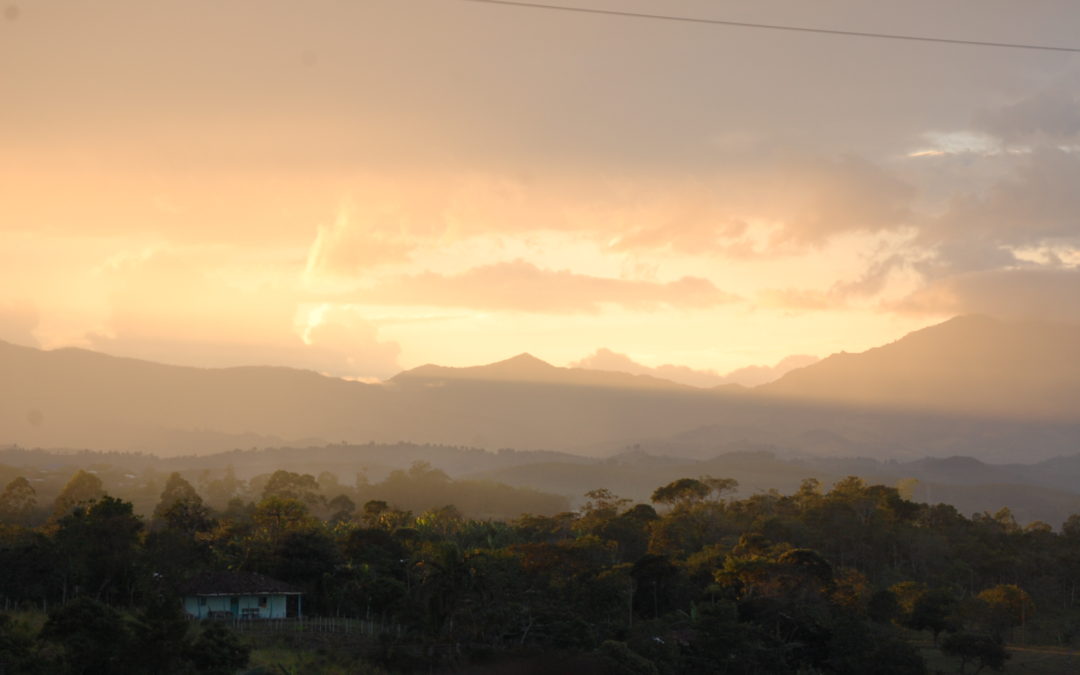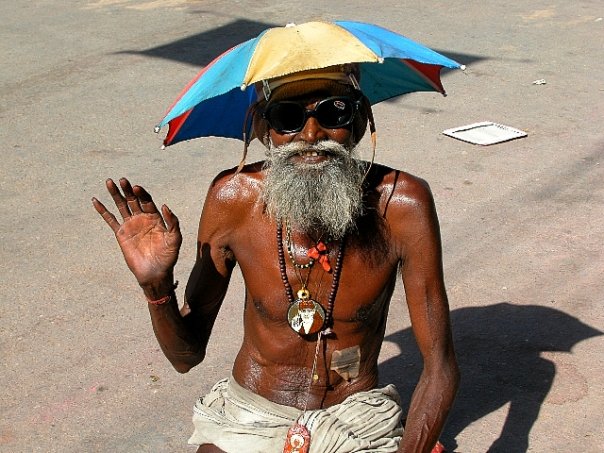
Conclusions
•
Demand grew by more than 50% since the
1990s
•
Prices remain low affecting profitability and
investment
•
BUT: the threat of climate change is looming and
investment in adaptation is required
Coffee farmers face rising threats from pests including berry-borer beetles, while disease epidemics such as leaf rust have hit Central America, and Colombia to the south.
“When temperatures rise, as has slowly been happening in many coffee producing countries for years, the warmth causes the coffee to ripen too quickly, which means less flavorful beans.” said Jamal Gawi, a climate-change consultant in Jakarta. Java coffee is among those affected, he said.
Puerto Rico provides a grim case study for what climate change has in store (unless things change). Coffee made its way to the island in the late 18th century and by the mid-19th century, PR was the 7th largest producer of coffee in the world. But in 1899, they lost everything when Hurricane San Ciriaco decimated their crops. With steadily raising temperatures and unpredictable and increasing rainfall patterns (plus super storms like 2017’s Hurricane Maria), Puerto Rico’s usable coffee growing land has been on the decline ever since. Under current climate change projections, the island will have lost two thirds of their coffee growing land by the year 2040.
We’ve already begun to see a decrease in yield stemming from climate change, like unseasonal rainfall, coffee rust, and the coffee berry borer. As coffee culture grows and enters its fourth wave, the demand for coffee also grows at a rapid rate, and with it, the situation becomes more dire.
Coffee farmers face rising threats from pests including berry-borer beetles, while disease epidemics such as leaf rust have hit Central America, and Colombia to the south.
“When temperatures rise, as has slowly been happening in many coffee producing countries for years, the warmth causes the coffee to ripen too quickly, which means less flavorful beans.” said Jamal Gawi, a climate-change consultant in Jakarta. Java coffee is among those affected, he said.
Puerto Rico provides a grim case study for what climate change has in store (unless things change). Coffee made its way to the island in the late 18th century and by the mid-19th century, PR was the 7th largest producer of coffee in the world. But in 1899, they lost everything when Hurricane San Ciriaco decimated their crops. With steadily raising temperatures and unpredictable and increasing rainfall patterns (plus super storms like 2017’s Hurricane Maria), Puerto Rico’s usable coffee growing land has been on the decline ever since. Under current climate change projections, the island will have lost two thirds of their coffee growing land by the year 2040.
We’ve already begun to see a decrease in yield stemming from climate change, like unseasonal rainfall, coffee rust, and the coffee berry borer. As coffee culture grows and enters its fourth wave, the demand for coffee also grows at a rapid rate, and with it, the situation becomes more dire.

No comments:
Post a Comment